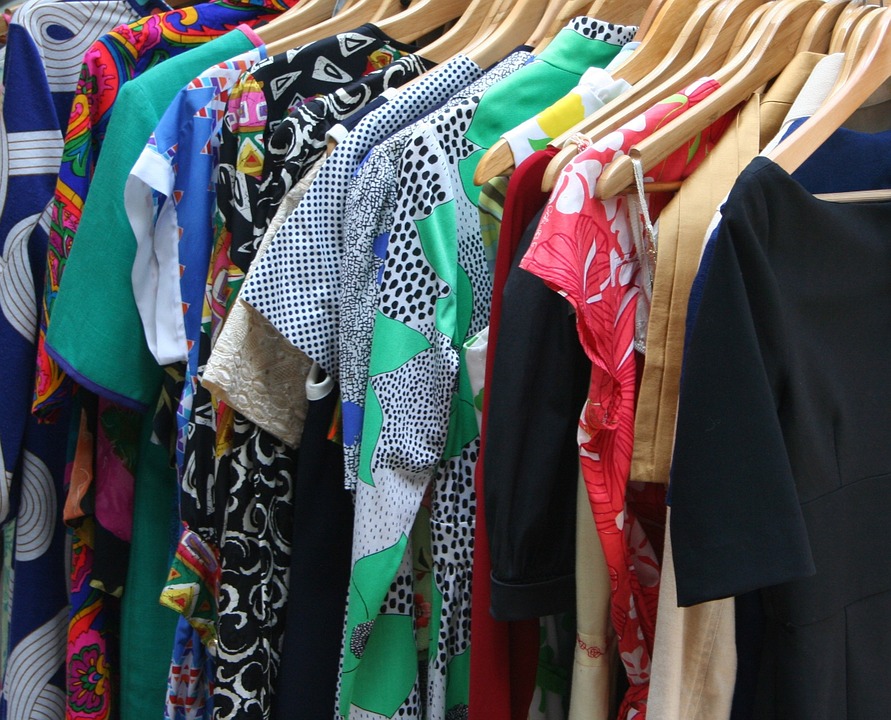
When an issue is so enormous, it can be difficult to know where to start, and it’s all too easy to get caught up wondering if our individual actions can really make a difference. The alluring low cost of fast fashion can distract us from the cost the environment and to the people who make our clothes.
It’s important to remember that our small actions make a difference; they add up, they motivate others, and can contribute towards systemic changes.
“Many of us ask what can I, as one person, do, but history shows us that everything good and bad starts because someone does something or does not do something”
Silvia Earle
Most of us want to do our bit, so read these 12 tips and be inspired to make some changes to the way you relate to your clothes:
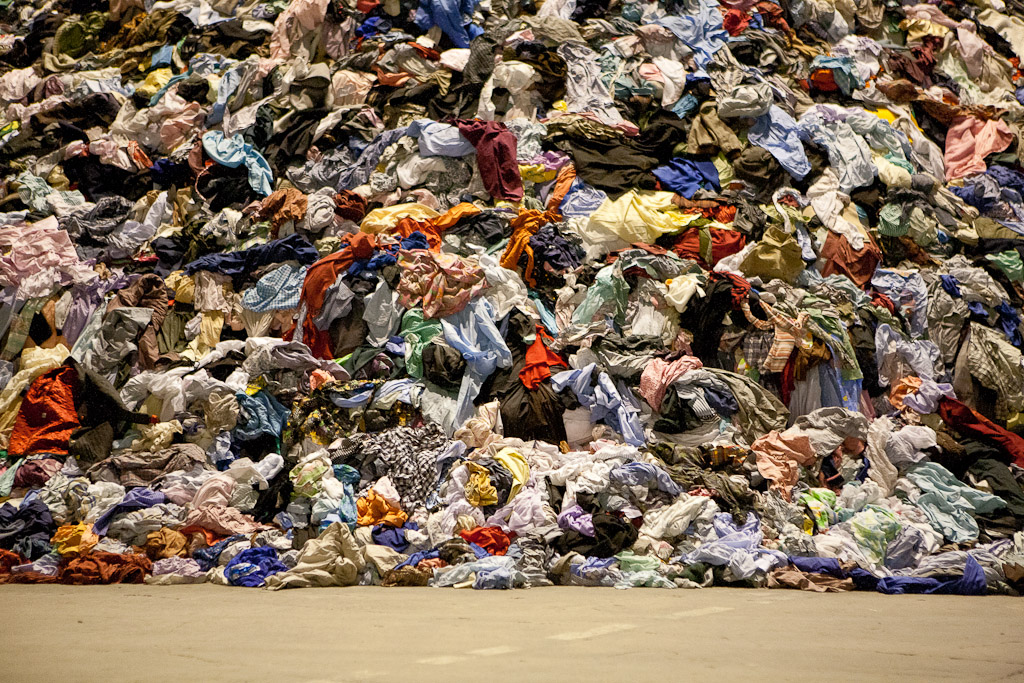
1. Reduce your purchases
Above all else, reducing our consumption must always comes first. Re-evaluate what you really need, only purchase clothes you will actually wear, and buy quality, versatile items. Remember to buy for the person you are today not for the person you want to be. If you only go to formal dinners 6 times a year, then how many dress shoes do you really need?
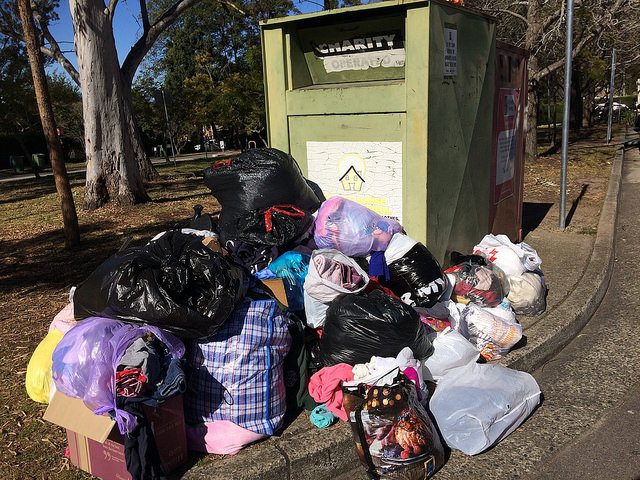
2. Donate with consideration
Avoid putting clothing outside the bin if it is full, and only donate quality clothing of the standard that you would offer a friend or be willing to purchase yourself. Wash clothes and mend any missing buttons or minor tears.
Each year charities spend thousands disposing of inappropriate donations of clothes and other items dumped at sites. Imagine if this money could be used for helping people instead.
If you have pure cotton items suitable for rags, check that your local charity will accept them and place these together. Consider upcycling left over fashion waste into craft projects or cleaning rags and compost small amounts of cloth made from natural fibres.
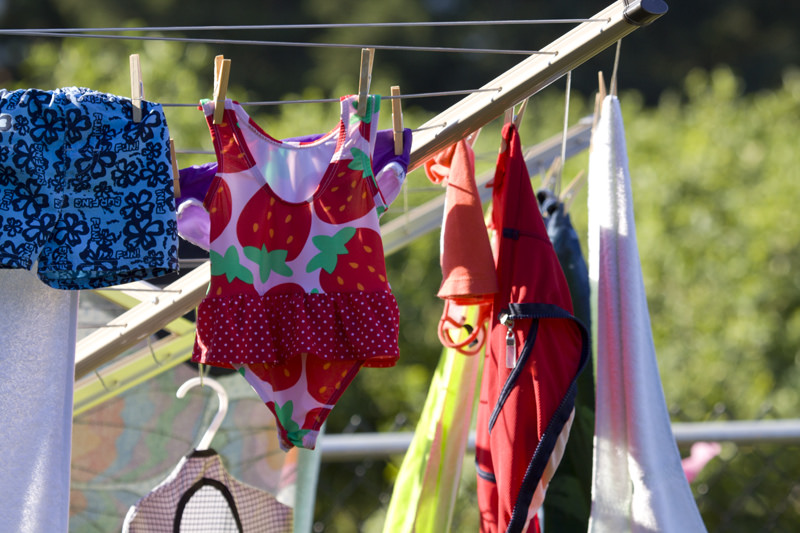
3. Care for your clothes
Laundering and storing your clothes correctly is a great way of valuing the items you own and ensuring they last for as long as possible. Read and follow the care instructions on the labels, go easy on the detergent, dry in the sun rather than in the dryer and only wash when your clothes are actually dirty. Fold items such as knits that would stretch on a coat hanger.
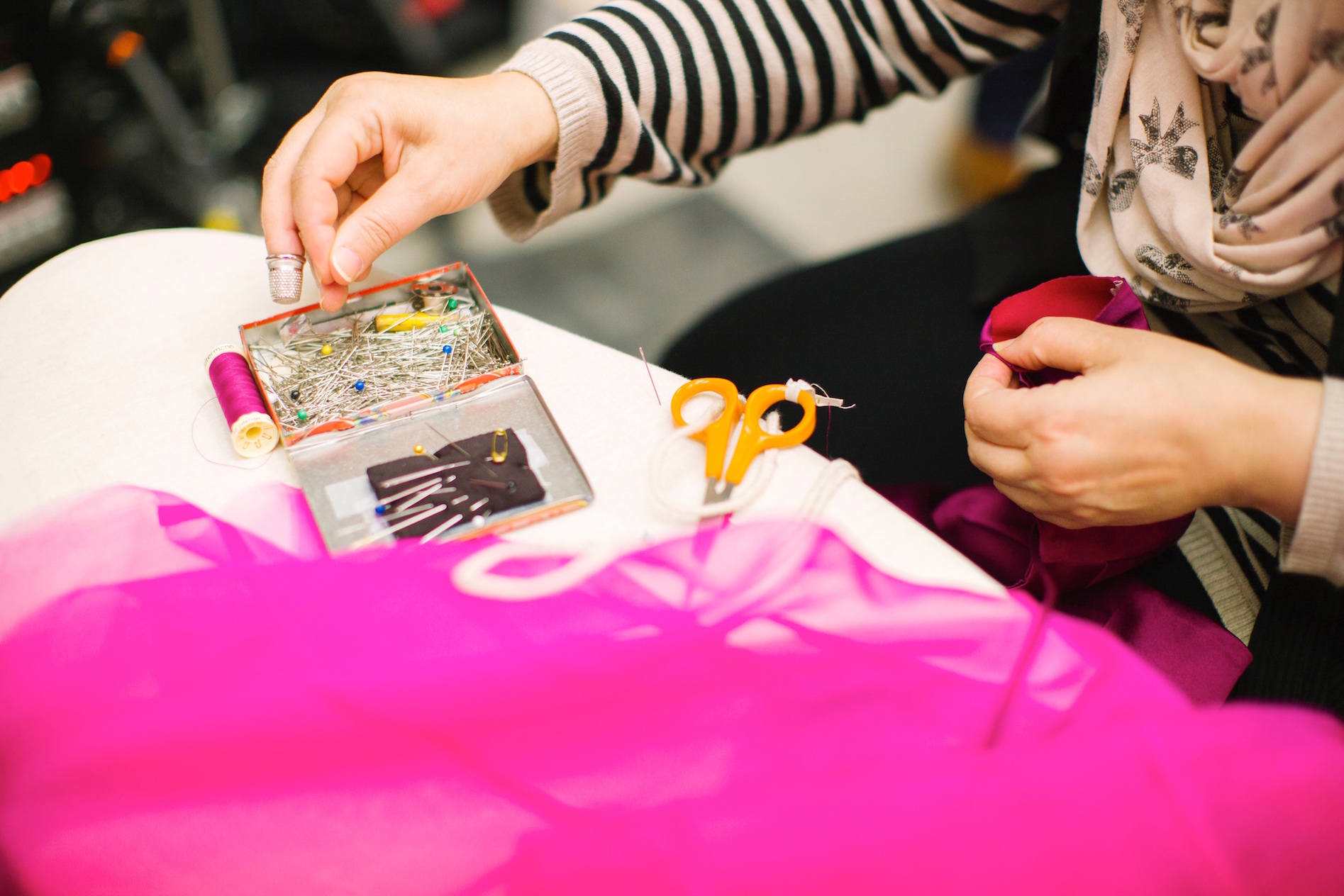
4. Mend your clothes
Place items aside that are in need of repair, and tend to one at a time when you have a few spare minutes. It’s a great job to do while watching TV or listening to a podcast. You could also get your garments repaired professionally.
“Care for your clothes like the good friends that they are”
Joan Crawford

5. Know your style
It took me years to work out that not every colour suited me and which cuts of skirts and dresses best matched my body shape. Now I know it prevents me from buying items that I love, but just aren’t meant for me. It also saves me time and effort. If you are still not confident about what suits you, go shopping with a trusted friend who is likely to give you genuine feedback.
And of course, forget trends and focus mainly on classic pieces that will match with other items in your wardrobe or are uniquely you. If you have something in your wardrobe that isn’t quite right, alter it yourself or take it to a alteration service or dressmaker.
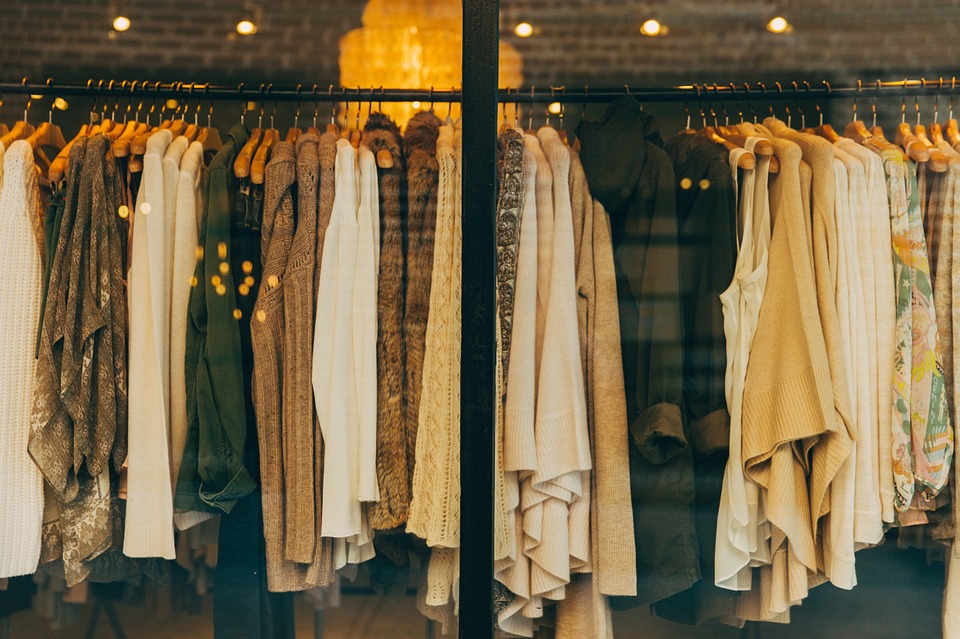
6. Plan your purchases
Write a detailed shopping list of the items you need and try and stick to it. It can help to browse online catalogues before you go shopping and to play around with ideas on Pinterest. Have a list of questions to ask yourself ready for when you are tempted to buy an item on impulse and keep these on your phone or in your purse to prompt you. If possible avoid buying the item on the same day.
- Is it the best cut for me?
- What other items do I already have that are similar?
- What items will this match?
- Where would I wear this?
- How do I feel wearing this item?
- Is the item comfortable when I move around and sit down?
- Is it constructed well?
- Is the fabric likely to pull/last?
- How does this item have to be cared for?
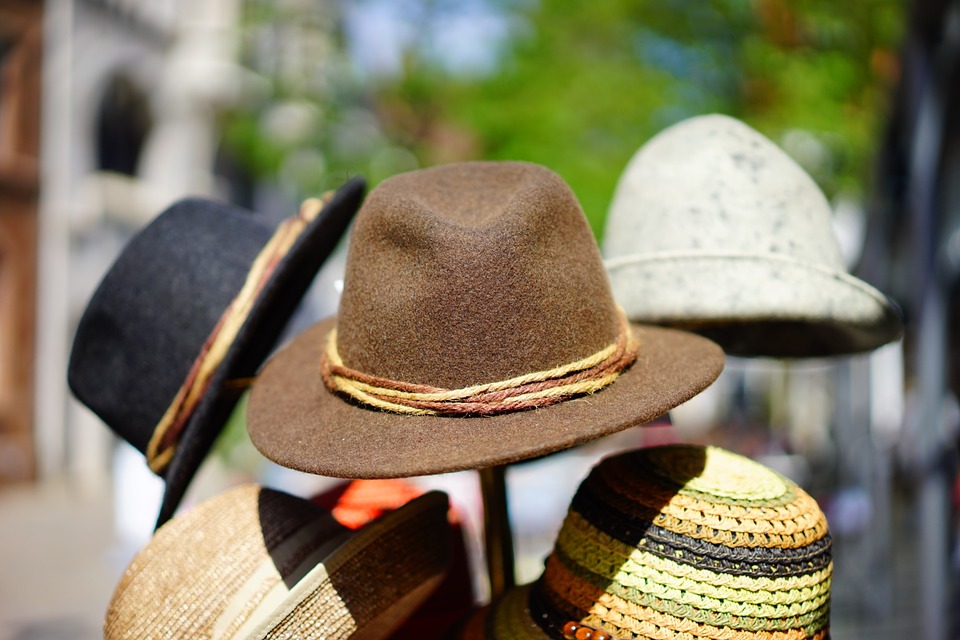
7. Buy pre-loved
Australian’s throw out an incredible 36, 000 tonnes of clothing into landfill each year, so purchasing second-hand is great way to lower your carbon footprint. Think op-shops, garage sales, second-hand clothing stores, regular and online markets.
8. Participate in clothing swaps
Clothing swaps with friends can be as simple as posting a few pictures on your social media to see if anyone wants a few of your items, or offering them to a friend next time they are over for a cup of tea. Organised events at friend’s houses or within the local community can be fun too. Look out for events on your local council website. For some tips on how to organise your own community swap, read the guide at 1 Million Women.
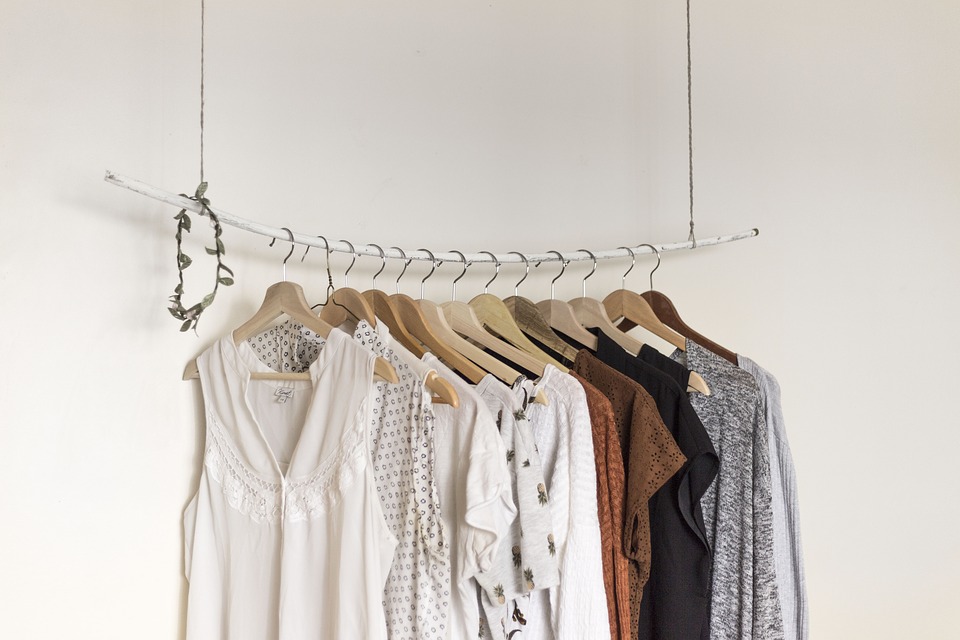
9. Try a capsule wardrobe or uniform
There are plenty of books and blogs written about capsule wardrobes and you can use these as a guide then work out what is going to work for you. It helped me to take half of my clothes out of my wardrobe and fold them into drawers under my bed. This gave me the uplifting experience of what it felt like to have fewer items, and I then went through items one by one to evaluate what I really needed. This approach has also helped me get stricter with myself about adding additional items. I now have a short wishlist of versatile items that I’m on the lookout for to make my clothes work together, and I’m enjoying the satisfaction of finding these one by one.

10. Purchase sustainable and natural fibres
Check your clothing labels before you buy clothes, and seek out natural fibres and clothes that have been made in a more sustainable and ethical way. Natural fibres will decompose more easily in the correct environment and won’t break into micro-fibres that can pollute the ocean during washing and disposal. Of course there are environmental issues with cotton farming as well you so it is matter of being informed and weighing up the best options.
11. Be informed
Begin by looking up if your favourite brands are listed on Ethical Brands Australia, if not you can research the brand’s practices and supply chains for yourself.
Fashion Revolution’s #whomademyclothes is a fabulous campaign to get involved in. Centred around 24th of April, the anniversary of the Rana Plaza clothing factory collapse, the campaign is pushing for transparency in fashion industry as a way of moving the industry forward in terms of ethical and environmental practices. As consumers, the campaign challenges us to ask the simple question of our favourite fashion brands – who made our clothes?
“Fast fashion isn’t free. Someone, somewhere is paying”
Lucy Siegle

12. Let your voice be heard
Let your local politicians and brands know that you are concerned about the ramifications of fast fashion and waste and ask them about policies that can be changed to make a difference.
What can you do today to begin your journey towards lowering your fashion footprint?

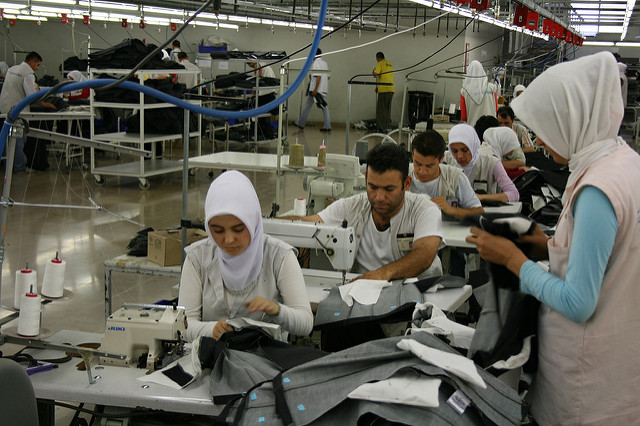
Can you say more about how using reusable bags reduces the carbon footprint please? we are trying to pass a bag ban in my town and need all the solid scientific data we can get.
Hi, what are town are you from? And what have you found so far? It might be useful to get in touch with some other towns who have been successful in doing this already. Let me know some more information and I’ll be happy to help in any way I can 🙂
Great article! We will be linking to this particularly great content on our website. Keep up the great writing. Missy Ruben Alexina Phelia Natale Talanian